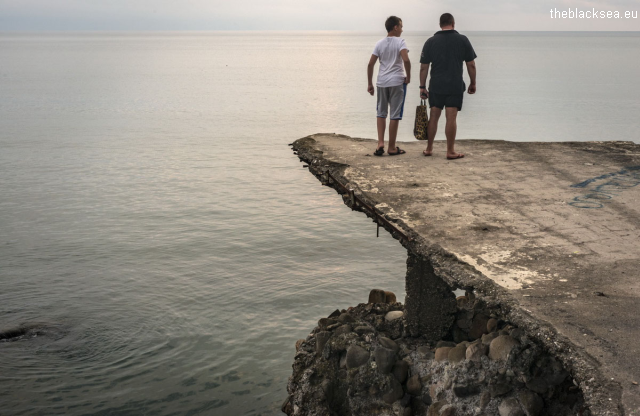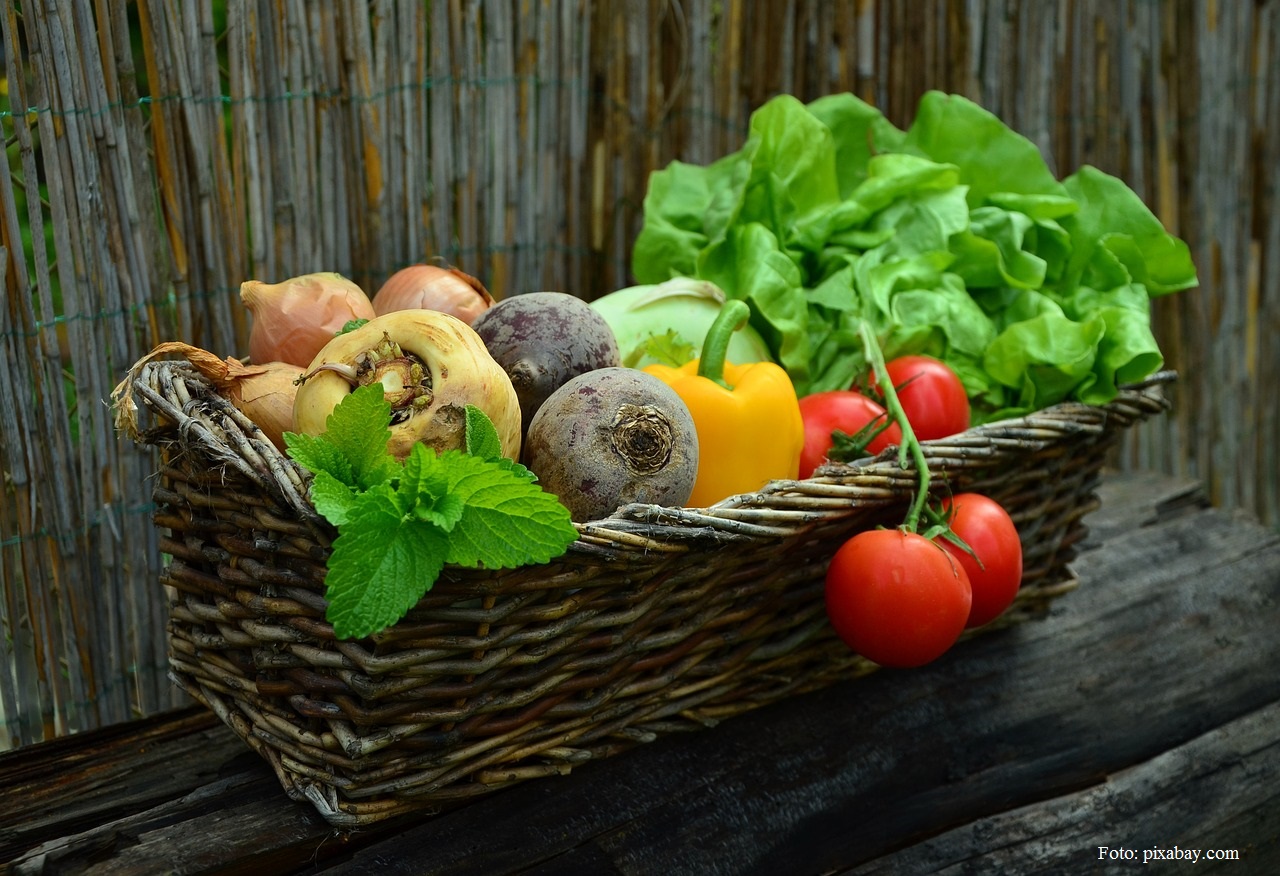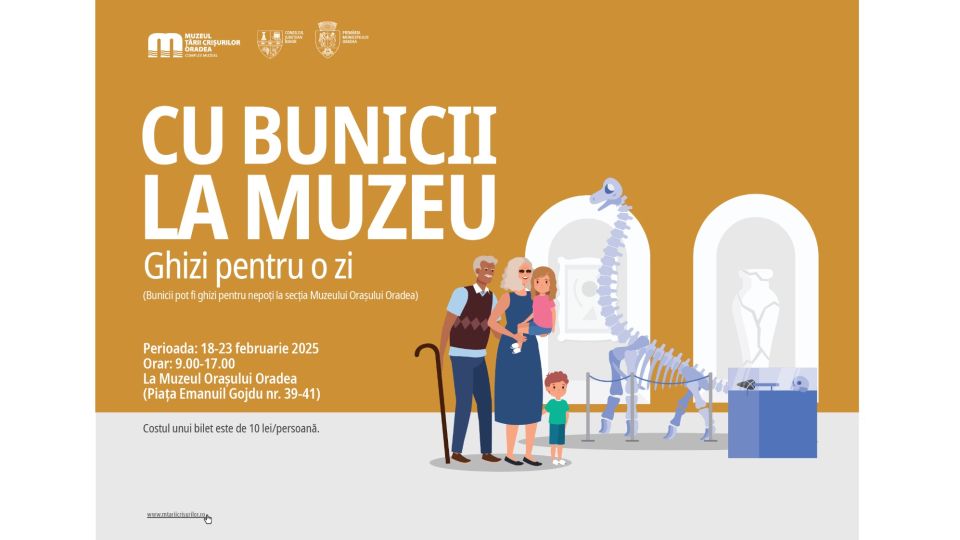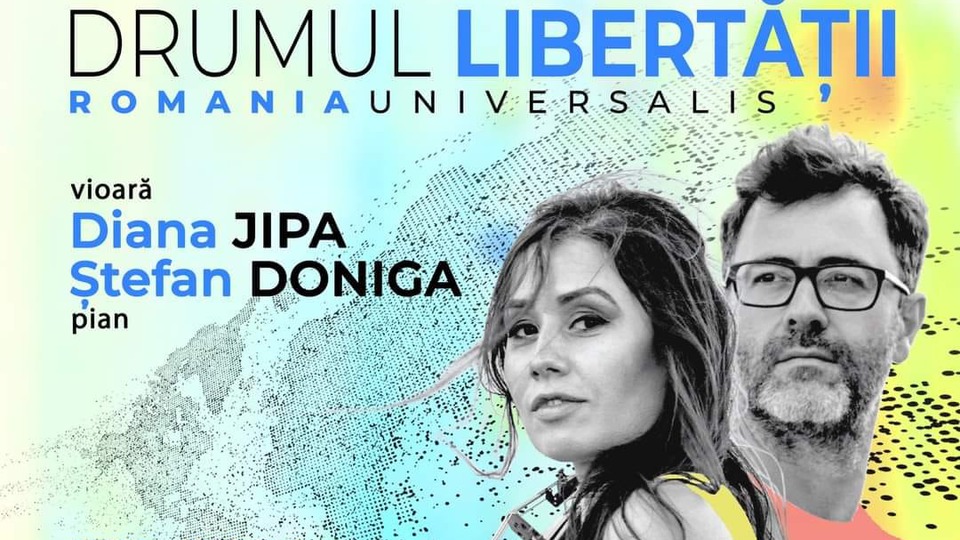Around the Black Sea
An insight into a unique photographic project, called ‘Around the Black Sea.

Ana-Maria Cononovici, 09.11.2014, 11:54
Today we will give you an insight into a unique photographic project, called ‘Around the Black Sea’. Here are the details from its very author, photographer Petrut Calinescu:
Petrut Calinescu: “Around the Black Sea’ started as the result of an idea my friend Stefan Candea and I had 5 or 6 years ago. I was a photographer, back then he was very much into writing, and for a long time we had been thinking about taking a trip to Africa. By looking at the map though, we realized we knew almost nothing about the Black Sea area, not even about our neighbors, so we picked a destination closer to home. In 2010 we went on a road trip to visit all the countries around the Black Sea, we managed to get some funding, so for four months we drove some 15 thousand kilometers, trying to discover the area and its realities. It lasted four months, but it’s really not much when you visit ten countries. We started the trip in Bucharest and then crossed Bulgaria, Turkey, Georgia, Armenia, Azerbaijan, and then Nagorno Karabah, a small separatist republic, after which we went back to Georgia. Then we went to another small break-away republic, Abkhazia, after which we went to Russia, Moldova, Ukraine and back to Romania.”
It’s quite natural, after such a tour, to talk about places you like the most. To Petrut Calinescu, Abkhazia was the revelation of the trip.
Petrut Calinescu: “Probably the most beautiful place in the Black Sea area is Abhazia, where we discovered a different climate, much warmer than on our coast, with palm trees, tangerine and lemon trees. The Caucasus Mountains are very close to the sea line, that is why the sky there is almost covered in storm-bringing clouds. Abhazia broke away from Georgia in 1991, after Georgia had separated from the former USSR. Abhazia used to host the most beautiful resorts in the Soviet Union and also Stalin’s holiday houses. It was also there that Stalin built sanatoriums and holiday resorts for the Soviet people.”
The goal of the two men who started the project was to find not information, but stories. It all resulted in unique images, devoid of any intention to advertise one place or another. Be it a pier with two old ladies sitting on it, or a man bathing in the sun on the seashore, a beach covered in shells or a bathing suit stand, that uncosmeticized reality displays images that could be common to all Black Sea countries, but which still have their own peculiarities. Here is Petrut Calinescu again:
Petrut Calinescu: “These photos do not necessarily present the most beautiful or tourist –like face of the Black Sea. From the very beginning we wanted to avoid that, so we stood away from the big hotels and resorts, as they have no personality, wherever they may be. We looked for normal beaches, where normal people spend their holidays, and at the same time we tried to find as many ethnic communities as possible in the countries that we visited. We learnt that there are lots of such communities around the Black Sea. Many of them, especially those on the Russian side, were evened out by the communist regime, but there are also many of them trying to preserve their culture and customs. At the end of the project I would show my friends the photos, asking them where they had been taken. Everybody was wrong. When, for instance, I showed them a photo from Russia, they would say it was from Romania, or a picture of a place in Ukraine would be mistaken for a place in Bulgaria. I believe that there are many things that we have in common, especially because of our recent history.”
We asked Petrut Calinescu how many photos are available to the public.
Petrut Calinescu: “We had a sort of travel log, which you can find at www.theblacksea.eu. I used to post updates several times a week, and a post would include 7-8 photos. I haven’t made other photos in the meantime, so I invited other colleagues, journalists, and the blog turned into an on-line magazine, where we collect materials about the area around the Black Sea. As for my photos, I took thousands, but I am particularly fond of 40-50 of them. All photos and footage can be seen on www.theblacksea.eu. The project is still running, we are trying to get more funds so we can add new stories and new photos. In parallel with the Black Sea project we also worked on another one, focusing on the changes underwent by the Romanian traditional village, called “Pride and concrete”, the success story of Romanians living abroad and the effect of their massive migration on Romanian villages.”
Tourists walking along the beaches on the Black Sea are very much alike, irrespective of the country they are in, just like those lying in the sun or walking along the shore. What differentiates the places captured in Petrut Calinescu’s photos may be just one element telling about the rise or fall of that place: a shipwreck, a pier, a building almost collapsing into the sea. To the viewer it’s an invitation not to traveling, but to reflection or a discovery trip into realities as they are.






























